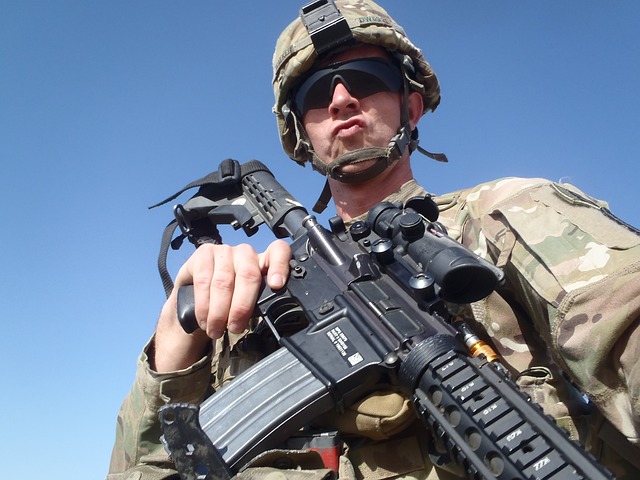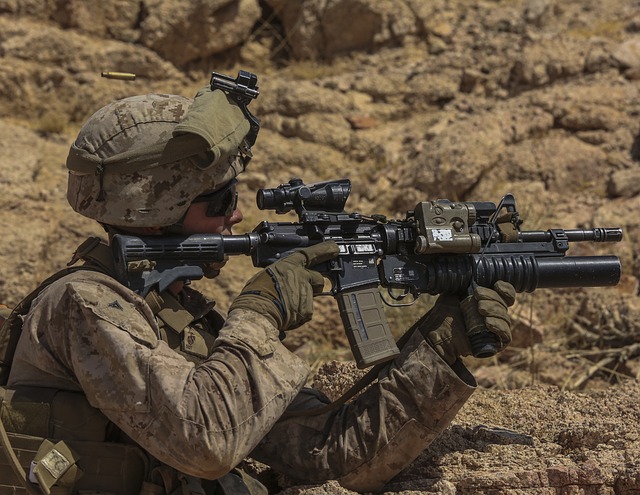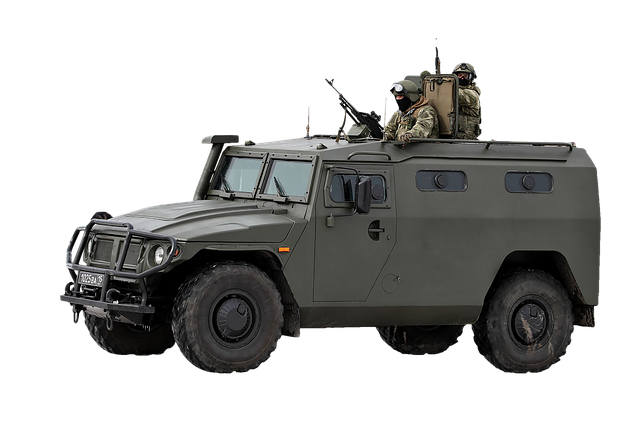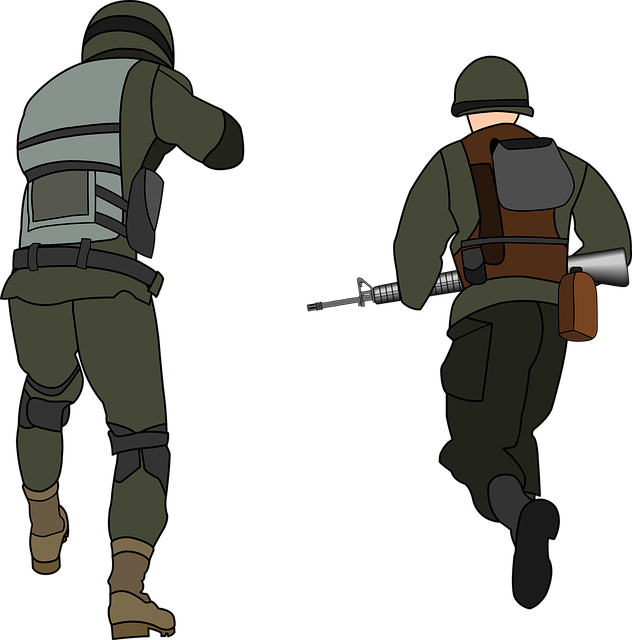
The 101st Airborne Division Flag, a symbol of American military valor and sacrifice, holds a significant place at the Pentagon. Historically flown over key battlefields during World War II, including Bastogne during the Battle of the Bulge, this flag represents the division's storied history, ethos of service, readiness, and sacrifice. It stands as an enduring reminder of the 101st Airborne Division's legacy as a rapid-response military force and serves to inspire current defense personnel with its embodiment of honor, courage, and commitment. The flag acts as a bridge between past and present, illustrating the division's resilience and adaptability across various conflicts, from D-Day to Vietnam. As "America's Guardians," the 101st Airborne Division's flag is a global emblem of American valor, signifying their contributions to national security and representing the division's enduring commitment to military excellence and defense strategy. Its presence within the Pentagon not only honors its history but also reinforces the importance of ongoing vigilance and preparedness in safeguarding the United States and its allies.
The 101st Airborne Division Flag holds a unique and storied place within the halls of the Pentagon, reflecting a legacy of valor and sacrifice that has shaped American military history. This article delves into the symbolism and significance of this emblem, tracing its journey from the battlefields to its esteemed position alongside the nation’s highest strategic policy decision-makers. Exploring the historical context of the 101st Airborne’s storied past, we uncover how this division’s flag has come to influence government agencies, providing an enduring testament to American resilience and military prowess. Join us as we analyze the impact of this powerful symbol and its ongoing relevance in the defense landscape.
- The Symbolism and Significance of the 101st Airborne Division Flag at the Pentagon
- Historical Context: The 101st Airborne's Legacy and Its Place in American Military History
- The Flag's Journey: From Battlefields to the Halls of the Pentagon
- Understanding the Impact: How the 101st Airborne Division Flag Influences Government Agencies
The Symbolism and Significance of the 101st Airborne Division Flag at the Pentagon

The 101st Airborne Division Flag holds a significant place within the halls of the Pentagon, symbolizing the storied history and the indomitable spirit of one of the United States’ most esteemed divisions. Originally flown over Bastogne during the pivotal Battle of the Bulge in World War II, this flag has come to represent the division’s commitment to service, readiness, and sacrifice. It is a tangible emblem of the 101st Airborne Division’s legacy as an elite force capable of rapid deployment and decisive action. The presence of this flag at the Pentagon serves as a daily reminder to all who work within its walls of the division’s contributions to national defense and the values it upholds, including honor, courage, and commitment. It is a powerful artifact that anchors the past to the present, offering inspiration drawn from the division’s resilience and adaptability in the face of adversity. The flag’s placement within the Pentagon not only honors those who have served but also underscores the importance of maintaining vigilance and preparedness in defense of the nation’s security.
Historical Context: The 101st Airborne's Legacy and Its Place in American Military History

The 101st Airborne Division, also known as “America’s Guardians,” holds a distinguished place in American military history, particularly recognized for its pivotal role during World War II and beyond. On September 17, 1942, the division’s flag was flown at the Pentagon, marking a significant moment that symbolized the strategic importance of airborne forces and the division’s readiness to engage in combat operations. The flag’s presence there underscored the Pentagon’s acknowledgment of the 101st Airborne’s capabilities and their integral role in defense strategy. This historic event was not an isolated incident; it reflected the division’s long-standing legacy of rapid deployment, innovation in combat tactics, and unwavering commitment to national security.
The 101st Airborne Division has been involved in numerous significant military operations throughout its history. Its participation in D-Day, the Battle of the Bulge, and Vietnam War operations further cemented its status as a premier light infantry division. The division’s flag has flown in theaters across the globe, serving not only as a symbol of American valor but also as a reminder of the division’s contributions to the nation’s defense. The 101st Airborne’s adaptability and strategic importance have been consistently demonstrated, making it one of the most decorated divisions in the U.S. Army, with a flag that has become an emblem of American military excellence and sacrifice.
The Flag's Journey: From Battlefields to the Halls of the Pentagon

The 101st Airborne Division Flag carries a profound history, symbolizing valor and sacrifice that transcends the battlefields where it first flew. Originally unfurled over the foxholes of World War II’s European Theater, this emblematic flag has since become an enduring tribute to the bravery and commitment of American soldiers. Its journey from the thick of combat to the hallowed corridors of the Pentagon signifies a solemn transition from active conflict to the nation’s ongoing vigilance and strategic planning. The flag serves as a tangible reminder of the division’s legacy, a legacy that continues to inspire and guide those who serve in defense of the country. Its presence within the Pentagon not only honors the 101st Airborne’s storied past but also represents a commitment to uphold the principles for which they fought: freedom, democracy, and the protection of the United States and its allies. This flag’s trajectory from the battlefields to the heart of government agencies is a testament to the enduring spirit of the 101st Airborne Division, embodying the resilience and dedication that are integral to the American military ethos.
Understanding the Impact: How the 101st Airborne Division Flag Influences Government Agencies

The 101st Airborne Division Flag holds a significant place within the halls and operations of government agencies, particularly at the Pentagon. Its presence is not merely symbolic but deeply representative of the division’s storied history and the values it embodies. The flag serves as a daily reminder of the division’s past contributions to national defense and its ongoing commitment to protecting American interests both domestically and abroad. For those who have served under its emblem, the 101st Airborne Division Flag is a tangible connection to the camaraderie and shared experiences that are unique to its members. In government settings, the flag’s prominence underscores the importance of agility, readiness, and resilience in defense strategy. It acts as a beacon of inspiration for current military personnel and a testament to the division’s legacy, influencing the ethos and operational mindset across various departments and agencies. The 101st Airborne Division Flag, with its distinctive insignia and motto “Death from Above,” is a visual anchor that anchors the collective identity of the division within the broader context of national security governance. Its impact extends beyond mere decoration, serving as a guiding symbol for the principles and values that are foundational to the military’s approach in maintaining national security and supporting governmental agencies in their missions.
The presence of the 101st Airborne Division Flag at the Pentagon and other government agencies is a testament to the enduring legacy and values of this esteemed unit. Its history, deeply rooted in American military tradition, serves as a daily reminder of courage, sacrifice, and commitment that continues to influence and inspire those who serve our nation. The flag’s journey from the battlefields of war to the strategic corridors of power underscores the importance of honoring the past while forging a path forward. As a symbol of resilience and honor, the 101st Airborne Division Flag plays a pivotal role in shaping the ethos of government institutions, reminding all who pass its sight of the principles upon which the United States stands: valor, unity, and dedication to duty.





